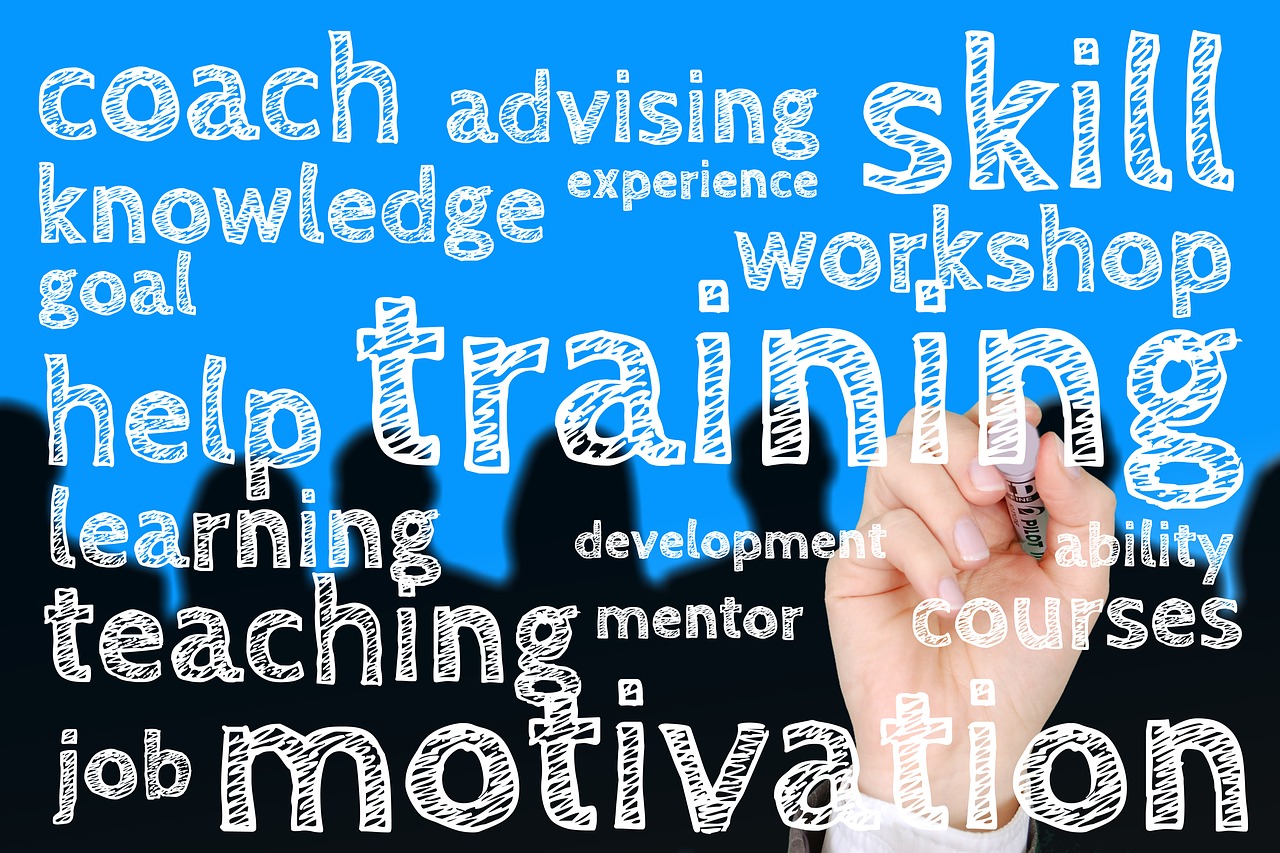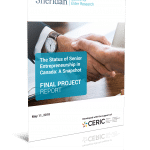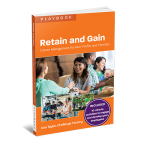How CDPs can help clients with disabilities navigate legislative changes
Practitioners must stay informed about legislative changes and be aware of provincial programs to best serve their clients
By Jaclyn Krane
As career development practitioners, we are often tasked with helping people make sense of their lives both within and outside of the workplace. We help people understand who they are and how their talents, skills and abilities fit within the world of work. However, clients with disabilities can face additional barriers in their search for employment. How can career development practitioners be prepared to address this?
People with disabilities often experience frustration not only with job searching, but also with the systems designed to help their job search. Some of the frustrations that jobseekers with disabilities experience include short-staffed employment service programs, long wait times to receive service, travel challenges and lack of access to job search tools, such as telephone (TTY) or internet access with screen-reading software installed. Career development practitioners, while sympathetic, are often left feeling just as frustrated, as bureaucratic barriers can limit their ability to help their clients.
Career development practitioners seeking guidance, strategies and suggestions for helping clients diagnosed with disabilities, including mental health issues, are often faced with a challenging task, because there is no national strategy for addressing disability and employment in Canada. Without a road map for those employed in the helping professions, career development practitioners are often left without any clear policies, tools or structure surrounding the employment of people with disabilities.

However, the landscape in Canada is beginning to shift. For example, on June 20, 2018, the Minister of Sport and Persons with Disabilities, Kirsty Duncan, tabled the Accessible Canada Act, which aims to make Canada barrier-free in areas under federal jurisdiction.
As identified at the 2017 Disability and Work in Canada Conference, the need to shift Canada’s focus from the “unemployed disabled person” and their circumstances toward fostering a deeper and respectful understanding of social contexts is key for creating career-related long-term employment outcomes. Using local and regional labour market agreements to determine career development service delivery standards has only led to fragmentation across the country, an issue that could be remedied by using the UN Convention on the Rights of Persons with Disabilities as a guiding document. The conversations to date have often focused around “reasonable accommodation,” but aiming to surpass expectations and embrace progressive transformation is the path to true inclusion and the creation of long-term sustainable systemic accessibility.
What role can career development practitioners play during this time of legislative transformation? Staying informed about legislative updates is paramount to better informing clients and colleagues. Career development practitioners should get involved in legislative consultations and begin the process of collaboration with all stakeholders, including people with disabilities, federal and provincial leaders, and First Nations communities.
As part of regular preparation before face-to-face career counselling sessions with clients with disabilities, career development practitioners should spend time researching their provincial income-support programs and employment strategies, and how the programs interface with looking for work and volunteerism. Jobseekers with disabilities who receive social assistance might have limitations on their work parameters (e.g., the number of paid work or volunteer hours per week) as well as what subsidies (e.g., travel allowances) they might be entitled to. It is important for career development practitioners to stay informed at the legislative level as changes may trickle down to the programming levels, affecting the services or benefits clients with disabilities might be accessing.
“Career development practitioners should get involved in legislative consultations and begin the process of collaboration with all stakeholders, including people with disabilities, federal and provincial leaders, and First Nations communities.”
Career development practitioners should also research local employment programs and their eligibility requirements. Although many employment service providers aim to provide accessible services for all, often specific organizations provide tailored services that can assist with the transition into employment, something that will be beneficial for clients with varying job goals. Picking up the phone to speak with an employment specialist, job developer, or resource and information specialist to better understand the scope of their work when it comes to supporting jobseekers with disabilities will enable career development practitioners to be more knowledgeable and effective, which will only benefit clients in the long run. To better empower jobseekers with mental-health challenges in being the leaders of their own job searches, ensuring that clients actively participate on these calls, along with a debriefing following the call, guarantees the client’s voice is heard and concerns are addressed. In my experience, the majority of employment programs aim to be flexible, and asking questions regarding additional supports and subsidies never hurts.
Also, when making referrals to community agencies for employment supports, don’t hesitate to request success stories of jobseekers with disabilities. You can share these stories to motivate other jobseekers with disabilities, and this also helps you to gauge whether strong accountability measures are in place to guarantee people are receiving appropriate assistance with their employment search.
To best assist their clients, career development practitioners should stay informed about how the Accessible Canada Act will provide income and employment supports for persons with disabilities, and the role employers will play. Career development practitioners should also get involved in upcoming conferences and roundtable discussions taking place over this fall and winter to help ensure Canada’s employment landscape remains accessible to all.
Jaclyn Krane is the Special Projects Manager of the Canadian Council on Rehabilitation and Work (CCRW), a non-profit organization committed to promoting and supporting the meaningful and equitable employment of people with disabilities across Canada. Before joining CCRW in 2011, Jaclyn worked with students, recent graduates and young professionals at the University of Ottawa’s Counselling Services department and Youth Employment Services Montreal – a non-profit organization dedicated to helping young Montrealers explore career options and engage in the career development process.



 One of the simplest questions we as career practitioners can ask our clients, and often one of the most difficult questions for our clients to answer, is: “What do you want to do?” Having a realistic career goal is the first step to developing an action plan, but from a client’s perspective, choosing a career goal can be daunting. How can career practitioners assist clients in setting their goals?
One of the simplest questions we as career practitioners can ask our clients, and often one of the most difficult questions for our clients to answer, is: “What do you want to do?” Having a realistic career goal is the first step to developing an action plan, but from a client’s perspective, choosing a career goal can be daunting. How can career practitioners assist clients in setting their goals?
 Although the specific reasons for the increase in the prevalence of autism are unclear, it is incumbent on post-secondary institutions and the world of employment to learn ways to better engage and support this different but valuable talent pool. The 78% increase in the number of children diagnosed with autism between 2002-2008 (Autism and Developmental Disabilities Monitoring Network, 2012) is now being observed by post-secondary accessibility staff. Many of those students are now entering higher education and require some level of accommodation to be academically successful.
Although the specific reasons for the increase in the prevalence of autism are unclear, it is incumbent on post-secondary institutions and the world of employment to learn ways to better engage and support this different but valuable talent pool. The 78% increase in the number of children diagnosed with autism between 2002-2008 (Autism and Developmental Disabilities Monitoring Network, 2012) is now being observed by post-secondary accessibility staff. Many of those students are now entering higher education and require some level of accommodation to be academically successful.

 Career well-being occurs when a person’s life and work are aligned with their mental-health needs. They like what they do, are highly engaged in their work, have a feeling they belong and are making contributions through their work.
Career well-being occurs when a person’s life and work are aligned with their mental-health needs. They like what they do, are highly engaged in their work, have a feeling they belong and are making contributions through their work.


 Stefan was a stage actor with an extensive portfolio. For 30 years, he had performed in, produced and directed shows across the country. As he shared a little of his story with me, I realized who he was – a well-known and well-loved personality in local theatre. I noticed my own resistance to his desire for a career change. “What a loss that would be,” I thought.
Stefan was a stage actor with an extensive portfolio. For 30 years, he had performed in, produced and directed shows across the country. As he shared a little of his story with me, I realized who he was – a well-known and well-loved personality in local theatre. I noticed my own resistance to his desire for a career change. “What a loss that would be,” I thought.
 For most of us, stress is a daily occurrence and our responses to it are automatic. This means we don’t choose or plan them. With that in mind, if we can identify some of our immediate responses to stress, we’re more likely to recognize and address them before they create a major life or health concern.
For most of us, stress is a daily occurrence and our responses to it are automatic. This means we don’t choose or plan them. With that in mind, if we can identify some of our immediate responses to stress, we’re more likely to recognize and address them before they create a major life or health concern.


 Dr Mary McMahon is an Honorary Senior Lecturer in the School of Education at the University of Queensland, Australia, where she has lectured in career development and career counselling at the undergraduate and postgraduate levels.
Dr Mary McMahon is an Honorary Senior Lecturer in the School of Education at the University of Queensland, Australia, where she has lectured in career development and career counselling at the undergraduate and postgraduate levels.
 A CERIC-funded study conducted by the Sheridan Centre for Elder Research investigated the experiences, needs and interests of senior entrepreneurs (or “seniorpreneurs”). The eight-month study collected feedback from 180 senior entrepreneurs through online surveys, in-depth interviews and focus groups.
A CERIC-funded study conducted by the Sheridan Centre for Elder Research investigated the experiences, needs and interests of senior entrepreneurs (or “seniorpreneurs”). The eight-month study collected feedback from 180 senior entrepreneurs through online surveys, in-depth interviews and focus groups. CERIC is publishing a non-profit edition of its popular Retain and Gain Playbook this fall that addresses the challenges faced by charities and non-profits in attracting, retaining and engaging staff. This bilingual publication, authored by Lisa Taylor of Challenge Factory, will enhance capacity building across the non-profit sector. The Retain and Gain: Career Management for Non-Profits and Charities Playbook addresses the unique environment in which non-profits operate, in terms of funding mechanisms, community stakeholders and reliance on volunteers.
CERIC is publishing a non-profit edition of its popular Retain and Gain Playbook this fall that addresses the challenges faced by charities and non-profits in attracting, retaining and engaging staff. This bilingual publication, authored by Lisa Taylor of Challenge Factory, will enhance capacity building across the non-profit sector. The Retain and Gain: Career Management for Non-Profits and Charities Playbook addresses the unique environment in which non-profits operate, in terms of funding mechanisms, community stakeholders and reliance on volunteers.